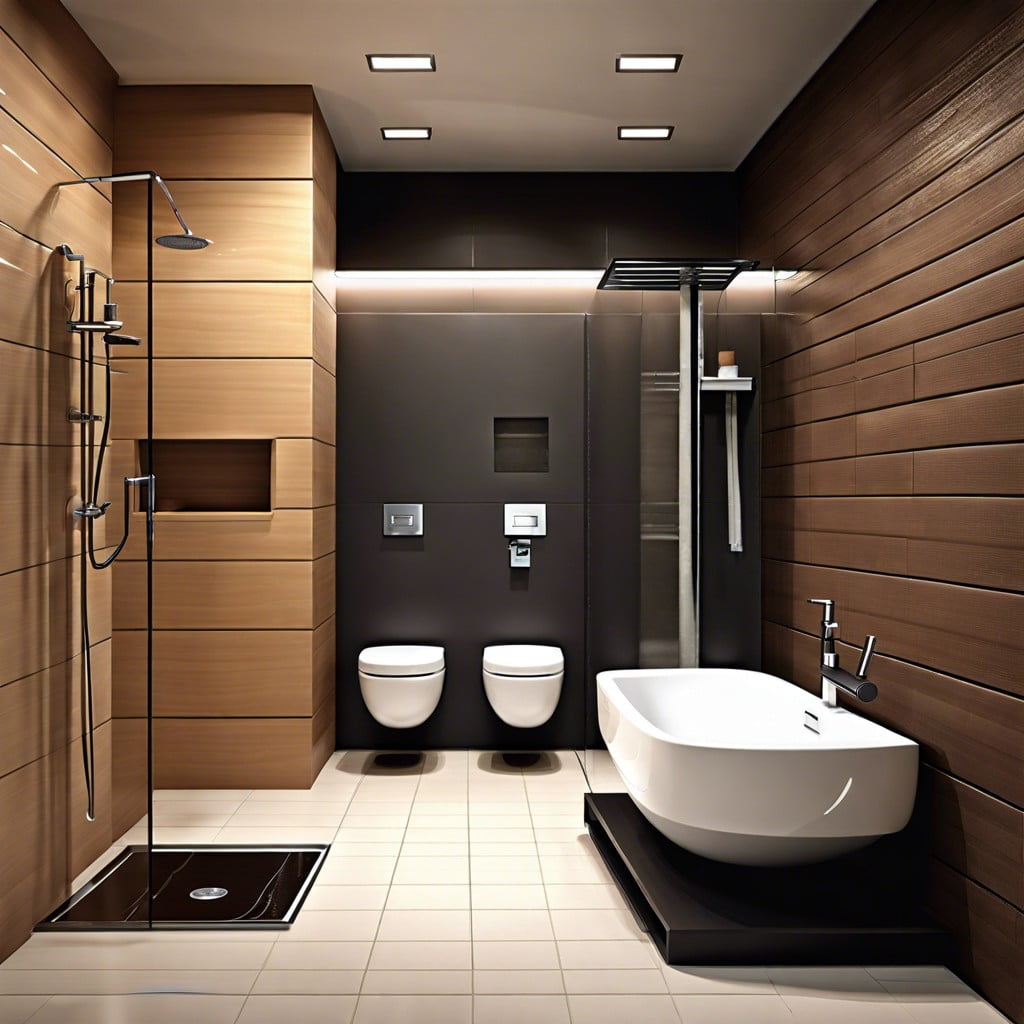Last updated on
Understanding how patients confined to an iron lung manage bathroom needs sheds light on a largely forgotten aspect of medical history.
Key takeaways:
- Patients in iron lungs relied on caregivers for bathroom needs.
- Bedpans and catheters were used for waste elimination.
- Patients adapted with waterproof pants and coordinated with caregivers.
- Patients faced challenges of loss of autonomy and increased infection risk.
- Newer breathing machines offer more autonomy and mobility.
What Is an Iron Lung?
An iron lung, or negative pressure ventilator, marks a pivotal moment in medical history as an emblem of hope during the polio epidemics of the 20th century. This machine operated by creating a vacuum to simulate breathing: as the pressure dropped, the patient’s chest expanded, drawing air into the lungs.
Imagine a cylindrical chamber, with just the head protruding—a clear division between the clinical, mechanized body support and the patient’s humanity on display.
Originally crafted from steel and aluminum, iron lungs were both a cocoon and a lifeline, supporting those whose respiratory muscles were paralyzed by polio.
Their usage has vastly diminished with the advent of more sophisticated respirators and the near eradication of polio, yet they remain a symbol of the era they were designed in—a testament to mankind’s resilience and ingenuity.
How the Patients Would Use the Bathroom?
While encased within the rigid confines of an iron lung, patients had to rely on attendants for almost all their personal needs, including bathroom activities. Because the device encompassed the entire body except for the head, traditional methods of waste elimination were not possible. The solution? A bedpan or catheter.
Caregivers would slide a specially designed bedpan underneath the patient’s lower body, ensuring as much privacy as possible given the circumstances. This process demanded both delicacy and timing, aligning with the machine’s rhythm to avoid discomfort. For those unable to use a bedpan, catheterization provided a more permanent solution, allowing for urine collection without the need for frequent manipulation.
These methods, albeit practical, were not without their complications. Patients often faced increased risk of infections and required meticulous care to maintain hygiene. Despite the limitations, these systems enabled individuals dependent on iron lungs to manage bodily functions with dignity.
Adapting the Iron Lung for Bathroom Needs
Adapting to this reality required ingenuity. Patients often wore special rubber or waterproof pants that could contain a bedpan or collection device, allowing for waste to be managed without compromising the sealed environment of the lung. Additionally, caregivers played a critical role; they would carefully coordinate with the patient to slide the necessary apparatus in and out of the iron lung, ensuring minimal disruption and maintaining a sanitary environment.
These adaptations were not only practical but also preserved the dignity of the patient, a crucial aspect often overlooked when considering the mechanics of such medical devices.
Challenges Faced By Patients
Patients encased in these life-saving devices encountered manifold challenges beyond the immediate concern of respiration. The loss of autonomy was stark; dependence on healthcare providers for the most private of functions was a psychological hurdle.
Physical discomfort often accompanied necessary procedures due to the restrictive nature of the chamber, making even the simplest of tasks an ordeal. The risk of infection from catheters or bedpans was another daunting reality, necessitating vigilant medical oversight.
Furthermore, managing the delicate balance of hygiene within the confined space required ingenuity and strict protocol to maintain a sterile environment. These obstacles underscored the resilience of patients and the dedication of healthcare personnel in an era predating advanced respiratory aids.
Newer Breathing Machines
Advancements in medical technology have transformed patient care, offering more autonomy and mobility compared to the stationary confinement of an iron lung. Modern breathing aids, such as continuous positive airway pressure (CPAP) machines and portable ventilators, have significantly reduced the need for bulky, room-filling equipment. These contemporary devices, often small enough to fit on a bedside table or to be carried, not only facilitate breathing but are designed with the patient’s quality of life in mind.
Portable ventilators support respiratory function without impeding personal activities, including the use of standard toilets or bedpans. With tailored interfaces and mobility solutions, patients can manage their own hygiene needs with dignity. Furthermore, these ventilators often come equipped with alarms and monitoring systems to alert caregivers in case of emergencies, blending safety with enhanced independence. The integration of technology in respiratory care marks a new era where the constraints once imposed by predecessors like the iron lung are no longer a barrier to the basic human needs of comfort and mobility.
Recap




